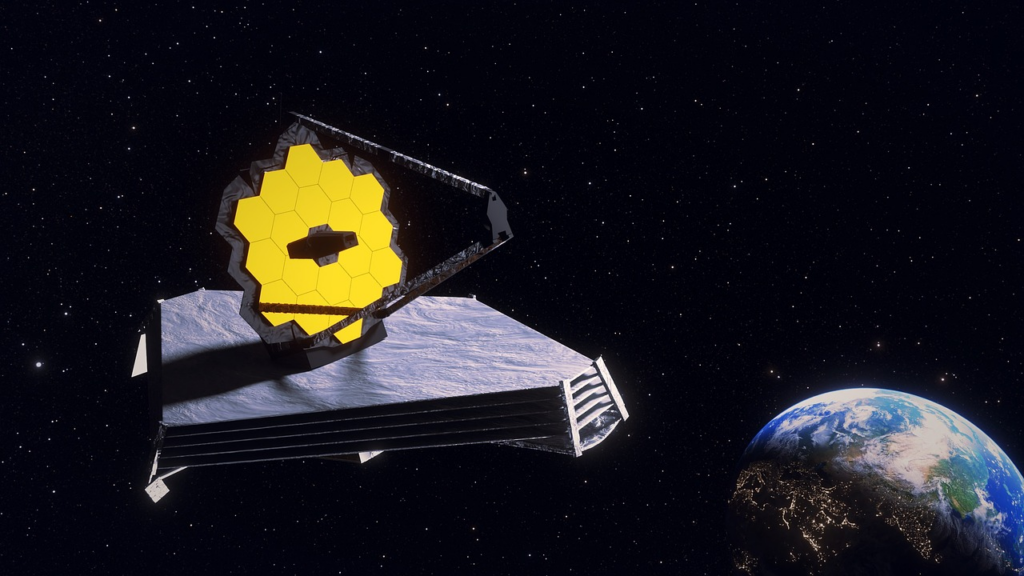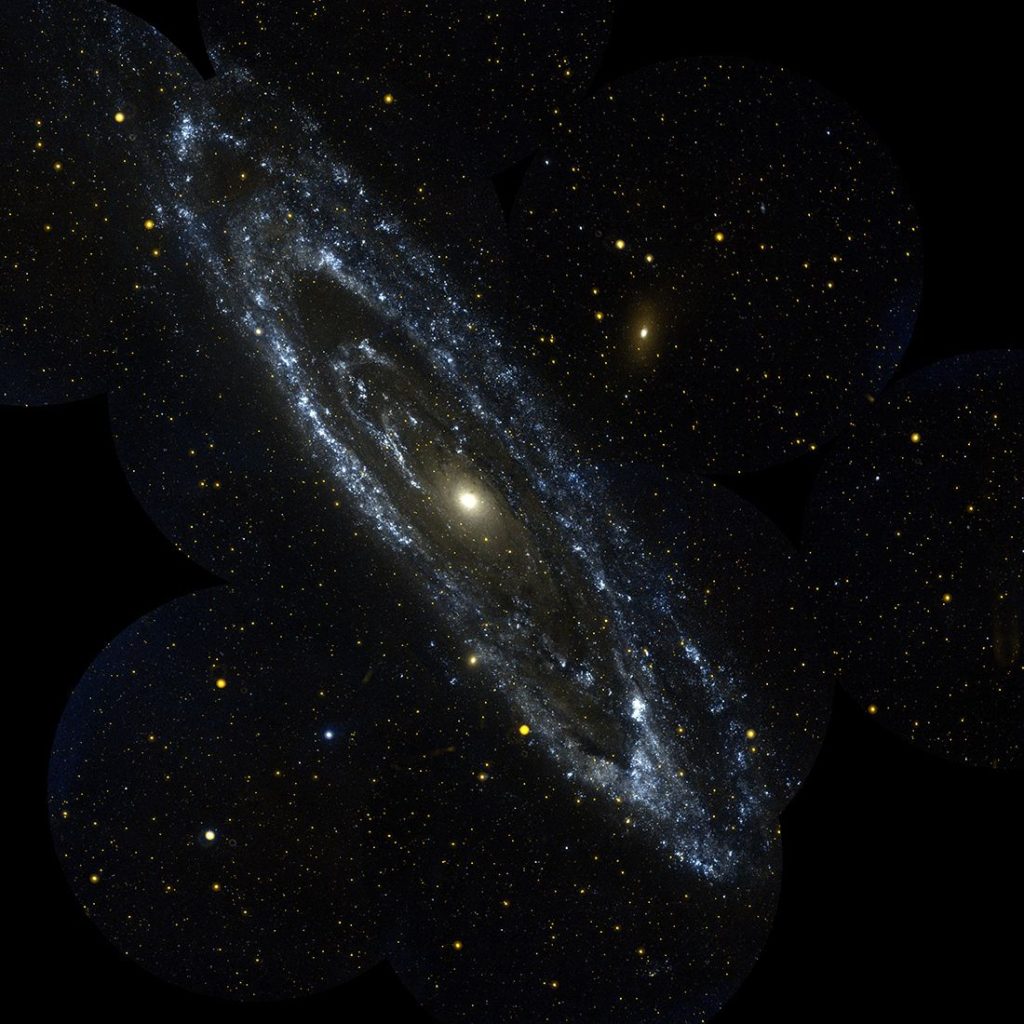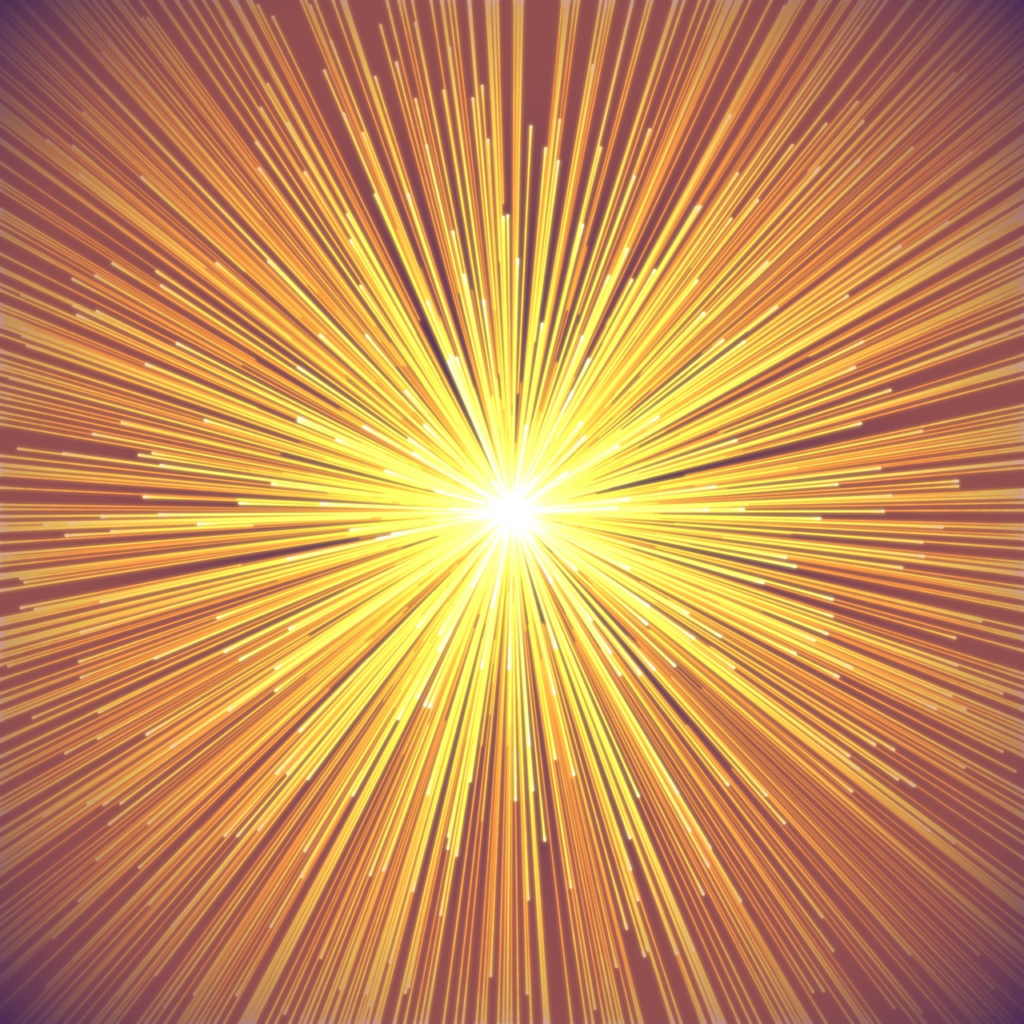Launched in December 2021, the James Webb Space Telescope (JWST) has already made groundbreaking contributions to our understanding of the universe. Known for its incredible resolution, it has captured stunning images of stars, galaxies, and black holes. Recently, the JWST has focused attention on a longstanding cosmological issue—one that challenges our current understanding of the universe’s expansion. This issue, known as the Hubble Tension, has reignited debates among astronomers and physicists regarding the fundamental principles of cosmology.
The James Webb Telescope

The James Webb Telescope is a marvel of modern space exploration. Building on the legacy of the Hubble Space Telescope, it is equipped with advanced instruments that allow it to capture unprecedentedly clear images of the universe. The JWST’s ability to peer deeper into space—and thus further back in time—than any other telescope has provided crucial insights into star formation, planetary systems, and the early universe. These discoveries have enriched our understanding of cosmic evolution, even hinting at the potential for life in distant systems.
However, one of its most surprising revelations concerns the rate at which the universe is expanding—a key topic that has raised new questions in cosmology.
Understanding the Hubble Tension

The Hubble Tension refers to the disagreement between two different methods used to measure the rate of the universe’s expansion, known as the Hubble constant. One method uses the cosmic microwave background (CMB) data, which represents the leftover radiation from the Big Bang. This method suggests a relatively slow expansion rate, around 67 kilometers per second per megaparsec (km/s/Mpc).
The second method uses Cepheid variable stars to measure distances within galaxies, yielding a faster expansion rate of about 74 km/s/Mpc. The significant discrepancy between these two methods has raised concerns that our understanding of the universe’s age, structure, or both may need to be revised.
James Webb Telescope Confirms the Hubble Tension

For years, many scientists speculated that the discrepancy in measurements might be due to errors in interpreting the Cepheid stars. However, with the high-resolution capabilities of the James Webb Telescope, these hopes of measurement error have largely been dismissed. In a study published in Astrophysical Journal Letters, Adam Riess and his team at Johns Hopkins University used the JWST to observe more than 1,000 Cepheid stars across multiple galaxies up to 130 million light-years away. Their findings reinforced earlier measurements, suggesting that the Hubble Tension is a legitimate and persistent issue.
Riess stated, “We can rule out a measurement error as the cause of the Hubble Tension with very high confidence,” emphasizing that the discrepancy between the two measurements is genuine and likely points to a deeper issue in our understanding of the universe.
What Does This Mean for the Age and Structure of the Universe?

The implications of this discovery are profound. If the Cepheid-based measurements are correct, it suggests that the universe is expanding faster than previously thought, which could mean it is around 10% younger than current models predict. This would require us to revise existing cosmological models, particularly our understanding of dark energy—the mysterious force thought to drive the accelerated expansion of the universe.
As Riess noted, “What remains is the exciting possibility that we’ve misunderstood certain aspects of the universe.” This has prompted a re-evaluation of some of the most fundamental concepts in cosmology, including the roles of dark matter and dark energy.
The Role of Gravitational Lensing in New Findings

The James Webb Telescope has also made use of gravitational lensing to study distant supernovae. Gravitational lensing occurs when the light from a distant object is bent by the gravity of a massive galaxy or galaxy cluster. This effect can provide additional data on the rate of expansion by allowing astronomers to observe multiple light paths from a single event. In one notable study, the JWST observed a supernova located nearly 10.2 billion light-years away, revealing a mismatch in expansion rates compared to the predictions based on the CMB data.
This research, which was conducted by Brenda Frye from the University of Arizona, aligns with the Cepheid-based measurements, further supporting the idea that the universe’s expansion may be faster than current models predict.
Why the Hubble Tension Matters

The Hubble Tension is not a small discrepancy—it points to a potential gap in our understanding of the universe’s fundamental workings. Current cosmological models, which rely heavily on dark energy to explain the universe’s accelerated expansion, may need to be adjusted in light of these new findings. If expansion rates differ depending on location or time, it could signal that the cosmos behaves in ways we do not yet fully comprehend.
This crisis has led some prominent scientists, including Nobel laureate David Gross, to describe the Hubble Tension as “one of the most important unresolved issues in cosmology,” highlighting its significant implications for future research and the development of new theories.
The Future of Cosmology

The discovery of the Hubble Tension has left the scientific community with two major challenges: either develop new models to reconcile the discrepancy or expand our understanding of phenomena like dark energy and dark matter. This is no easy task, as any changes to the current cosmological framework could drastically alter how we perceive time, space, and the destiny of the universe.
Researchers hope that continued observations from the James Webb Telescope will help resolve these mysteries. Further studies are already in the works, and the results from additional supernovae and other celestial phenomena could provide more clarity.
Conclusion
The James Webb Space Telescope’s role in confirming the Hubble Tension marks a pivotal moment in cosmology. As scientists continue to explore these discrepancies, it’s clear that our current understanding of the universe is not yet complete. Each new discovery brings us closer to understanding the true nature of the cosmos, and the James Webb Telescope continues to play a crucial role in advancing our knowledge.
While the Hubble Tension remains an unresolved issue, it underscores the importance of ongoing exploration. With continued research, the potential for groundbreaking discoveries about the universe’s age, structure, and expansion remains strong. The James Webb Telescope, in conjunction with other astronomical tools, will undoubtedly lead the way in uncovering the mysteries of the universe for generations to come.

